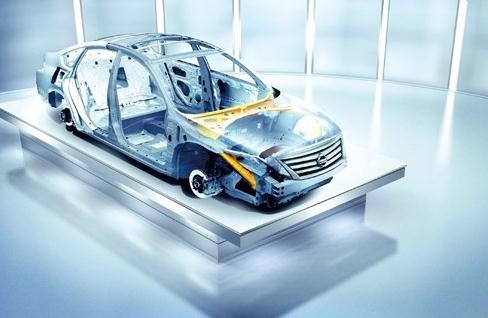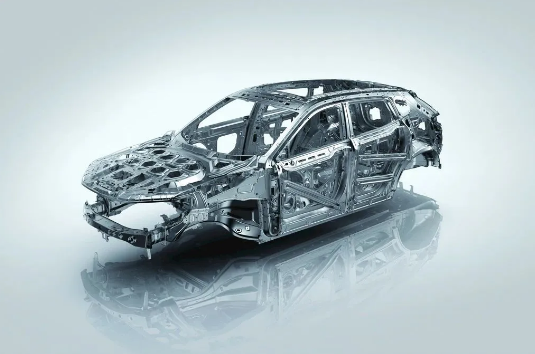With the increase in automobile production and sales, the energy consumption and pollutant emissions generated during the production and use of automobiles are increasing. At the same time, the pollution to the environment is also becoming increasingly prominent. Therefore, in order to promote the sustainable development of the automobile industry, under the premise of ensuring the rigidity, strength, and safety performance of the automobile, by changing the material of the automobile structure and parts, the weight of the automobile is realized, which is important for improving the fuel efficiency of the automobile and reducing pollutants. Emissions have a very large promotion effect. Lightweight cars can not only save energy and reduce emissions, but also improve the stability and dynamics of the car during driving. This article mainly describes magnesium alloy and aluminum alloy, which are currently the most widely used automotive lightweight materials, and analyzes their characteristics and advantages, as well as the future development trend of automotive lightweight.
Judging from the current development trend, in order to protect the environment and save energy and resources, future automobile research and development will pay more attention to the lightweight design of automobiles. The use of lightweight materials such as high-strength steel, aluminum alloy, magnesium alloy, and composite materials in automobile production can effectively achieve automobile lightweight. In addition, advanced manufacturing processes such as hot forming, laser tailored welding, hydraulic forming, etc. can also be used. Lightweight cars. Aluminum alloy has been widely used in automobile lightweight passing by virtue of its advantages such as low density, good corrosion resistance and easy processing.
Aluminum is a light metal with good electrical and thermal conductivity, as well as good corrosion resistance. At the same time, the machining performance of aluminum alloy is better than that of traditional metal materials. Aluminum has a low melting point. The recovery rate of aluminum during the entire use and recycling process is not less than 90%. Aluminum alloy has very good reproducibility, so Aluminum alloy is currently the most ideal material to realize the lightweight of automobiles.
The use of aluminum alloy parts in automobiles can effectively reduce the weight of the entire automobile, lower the center of gravity of the automobile, and truly realize the lightweight of the automobile. After the weight of the car is reduced, the acceleration performance of the car will be improved in the driving of the car, and the car will be more stable and comfortable, and the noise and vibration will also be improved.
The application of aluminum alloy in automobile lightweight mainly includes aluminum alloy forgings, metal die castings, aluminum alloy extrusion and drawing products, etc.
Cast aluminum alloy is the most widely used in the current automobile lightweight process. It is mainly used in automobile engine, chassis, wheel hub and other structures. The engine has been called the “heart” part of the automobile, in the cylinder head, cylinder block, piston, etc. The application of aluminum alloy to the parts can not only effectively reduce the overall weight of the engine, but also dissipate the heat generated in the engine work in a timely manner to improve the working efficiency of the engine
The weldability of aluminum alloy sheet is worse than that of steel during use, which improves the welding performance and welding quality of aluminum alloy sheet, and increases the application range of aluminum alloy. Application of hot forming technology, superplastic forming technology and electromagnetic coincidence forming technology to improve the formability and forming quality of aluminum alloy panels.
At present, in addition to traditional aluminum alloy metal materials, aluminum-based composite materials have been widely used in automobile lightweight manufacturing due to their advantages of low density, high strength, and high corrosion resistance. Compared with traditional cast iron pistons, automobile engine pistons reduce their weight by about 10%, while their heat dissipation performance is increased by 4 times. Restricted by price and production quality control, aluminum-based composites have not yet formed a large scale, but have shown their excellent performance on some auto parts.
In today’s rapid economic and social development, facing new energy crises and environmental problems, lightweight vehicles can effectively improve the fuel efficiency of vehicles, thereby reducing pollutant emissions. In the process of automotive lightweighting, magnesium alloys, aluminum alloys and other metal materials have been widely used due to their advantages and characteristics. In the future, technological improvements will be used to reduce material costs, increase material utilization, and develop environmentally friendly and feasible materials. Recyclable new materials are also an inevitable trend in the research and development of automobile lightweight.
Post time: Nov-22-2021







